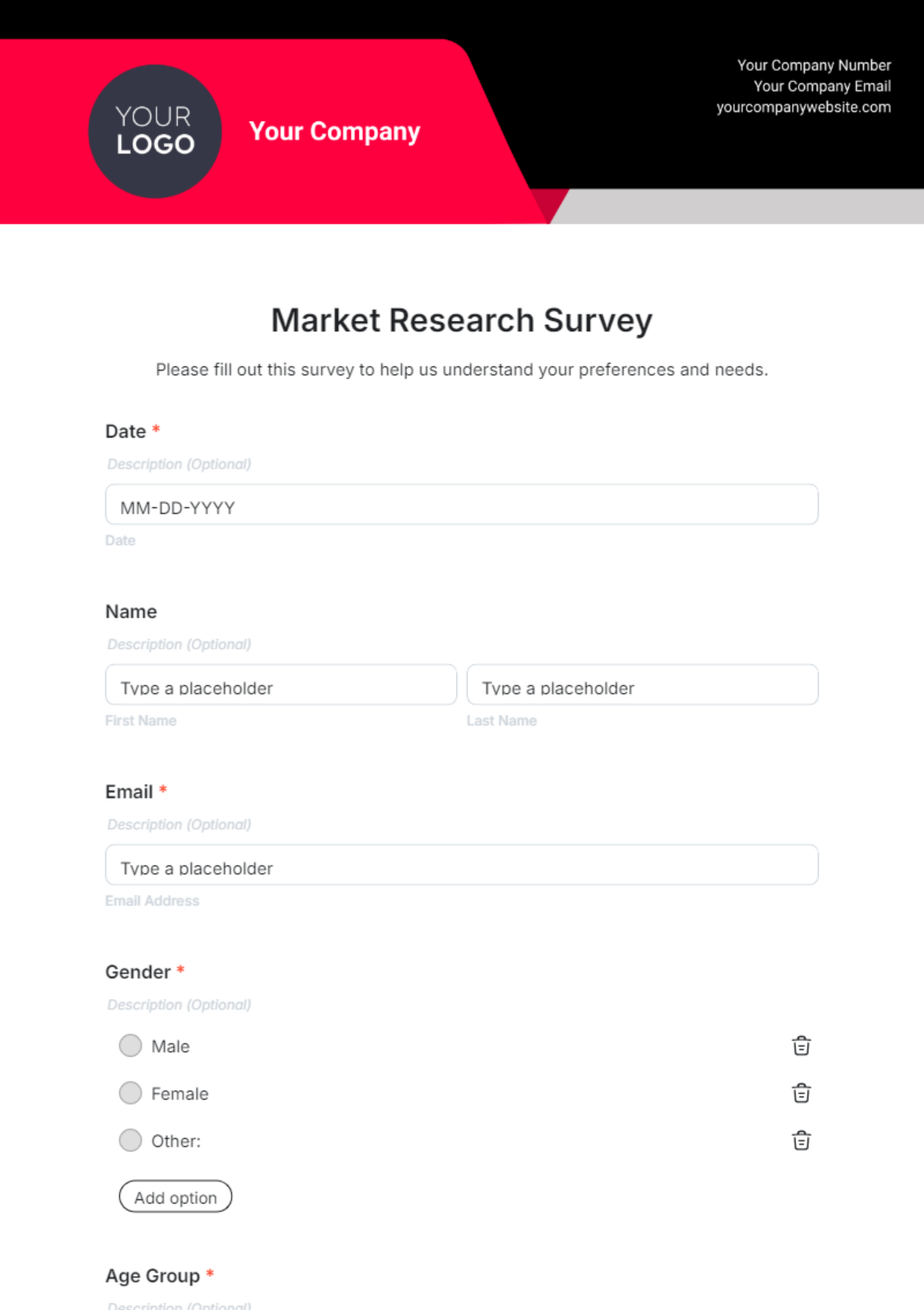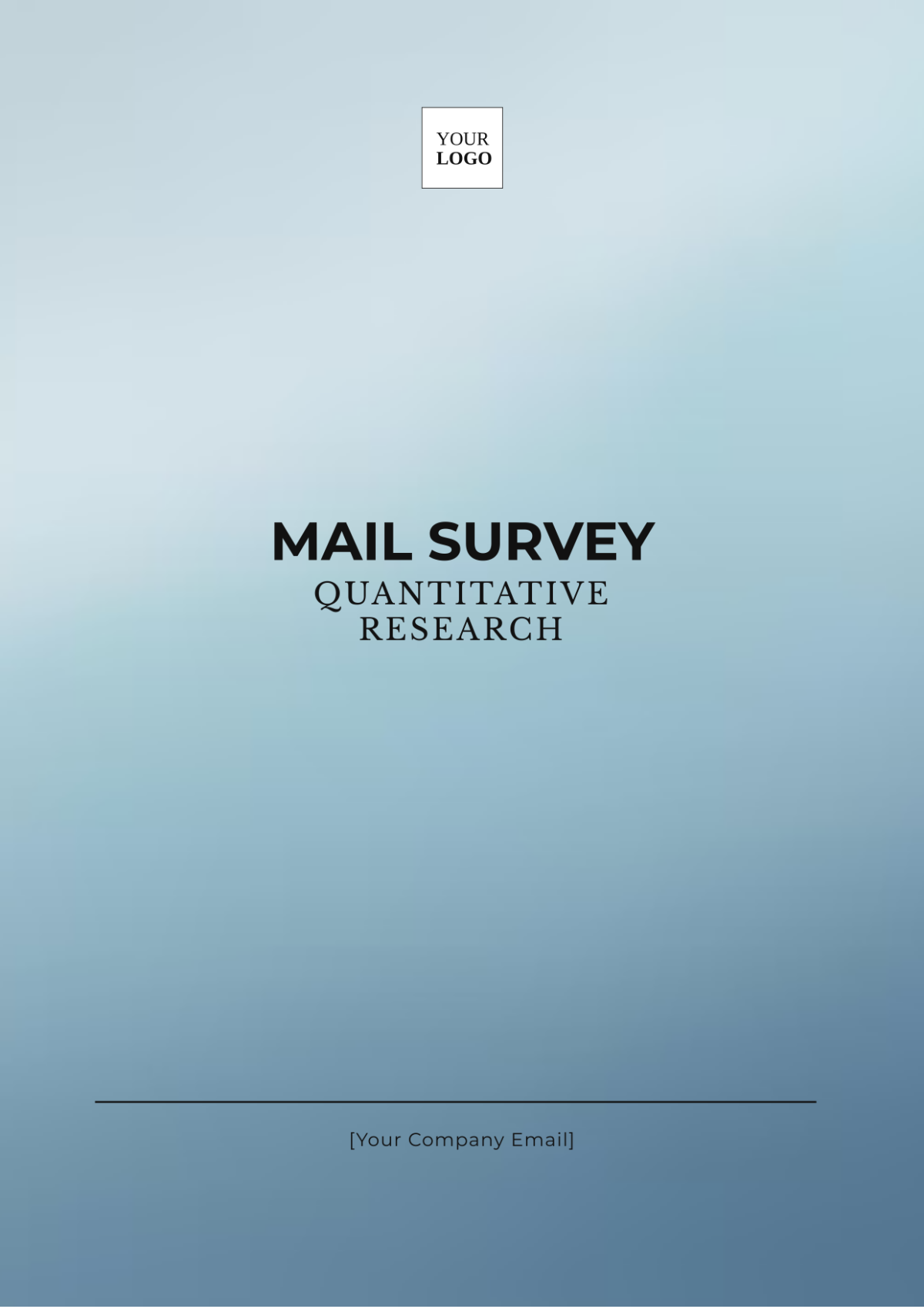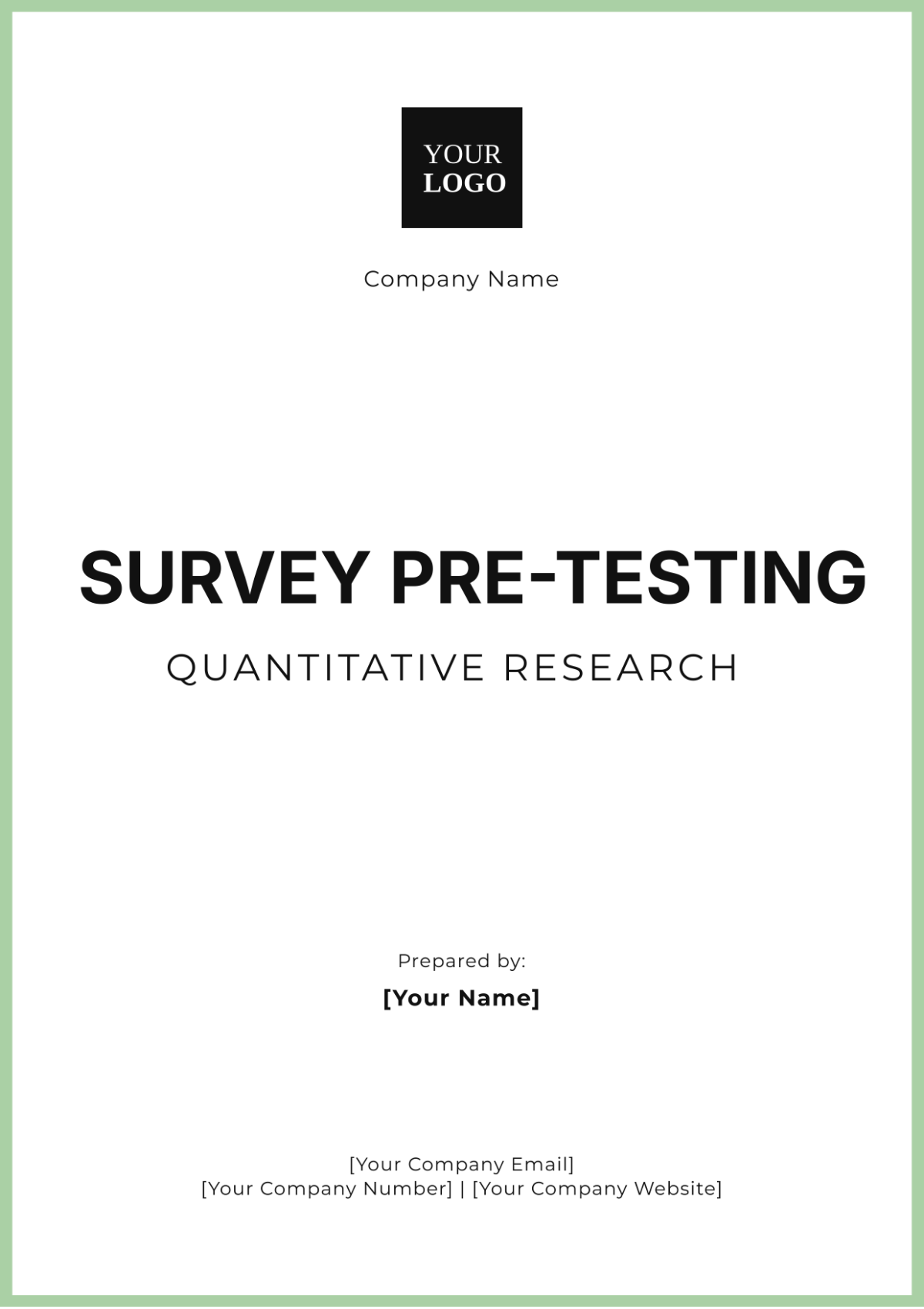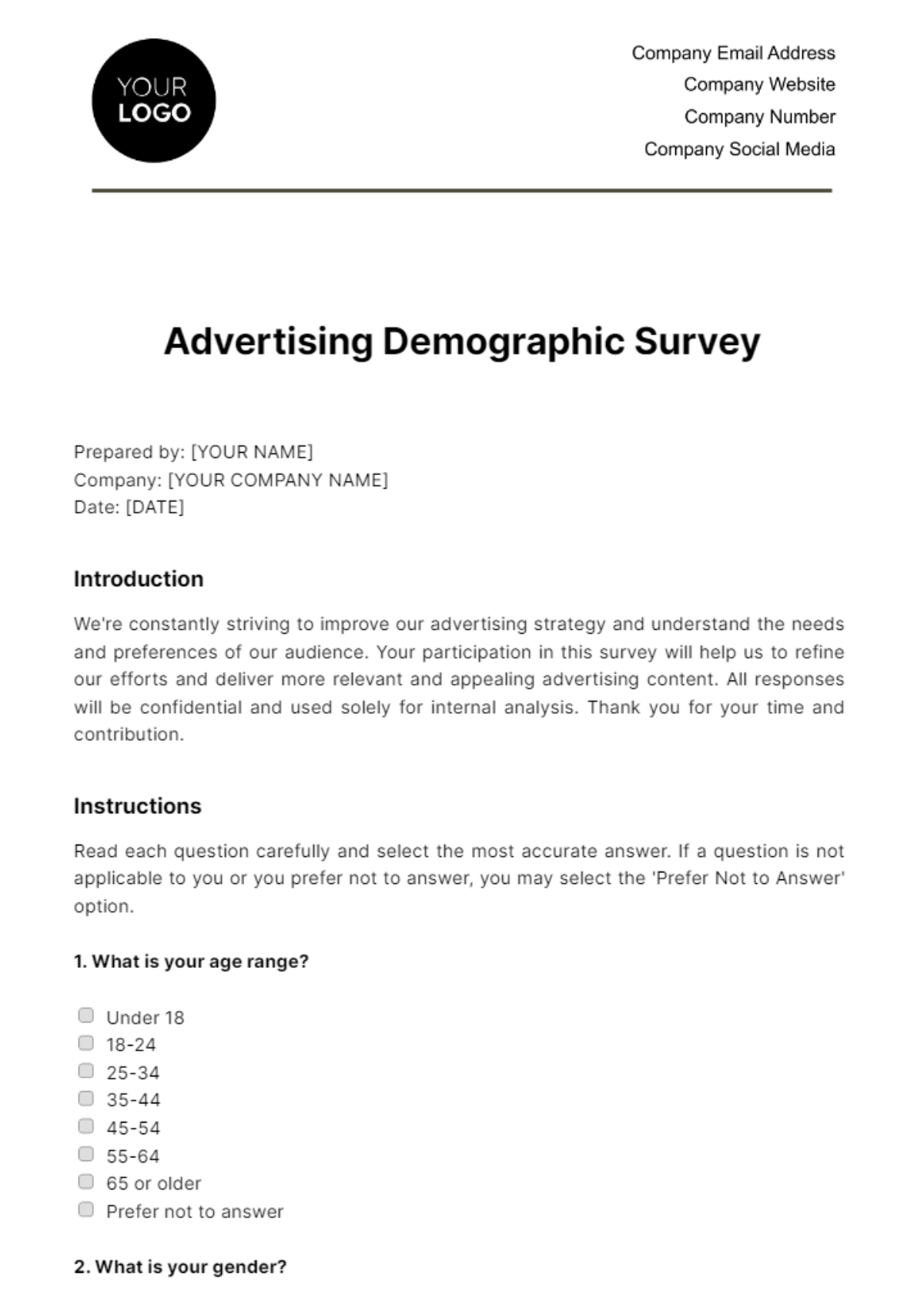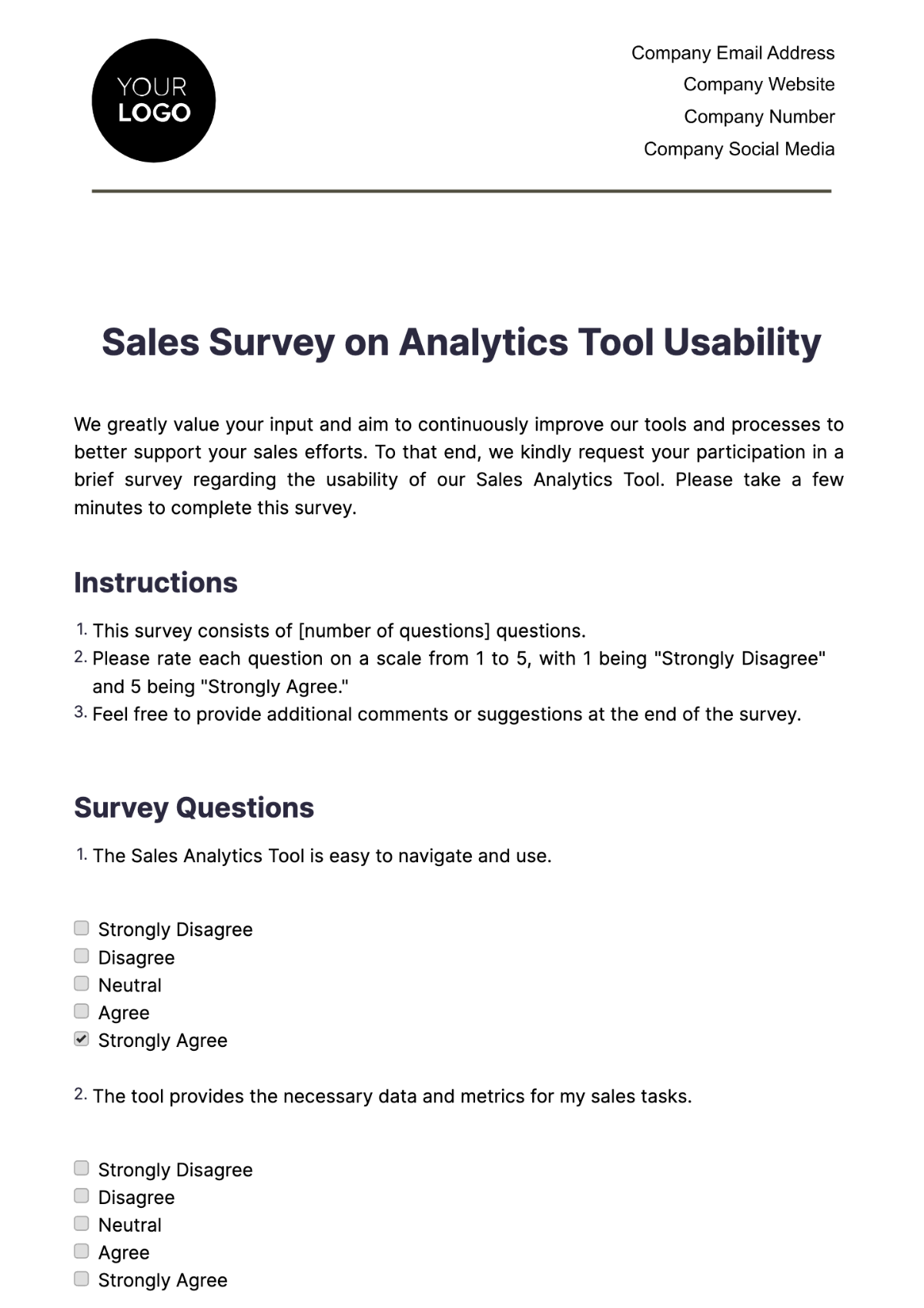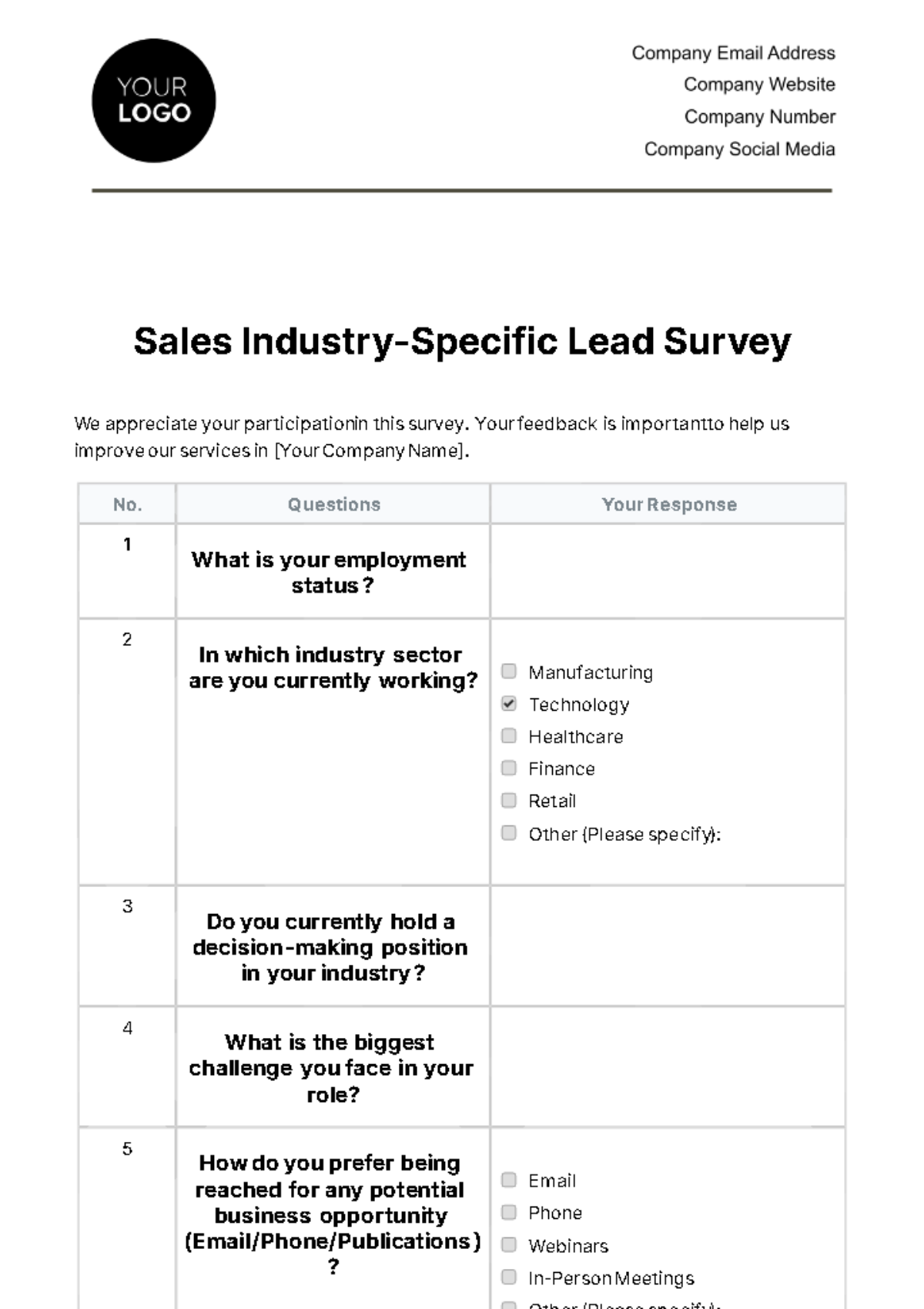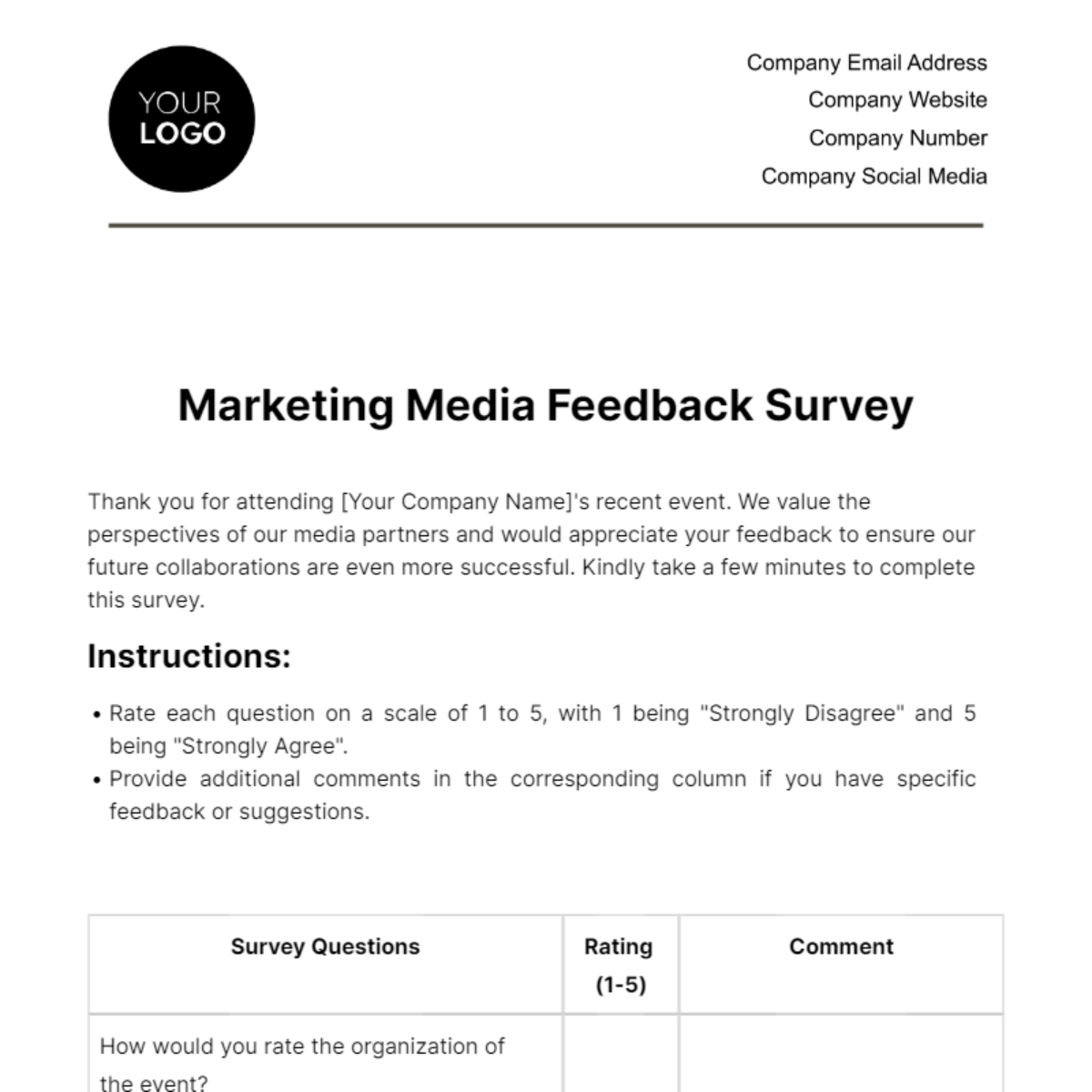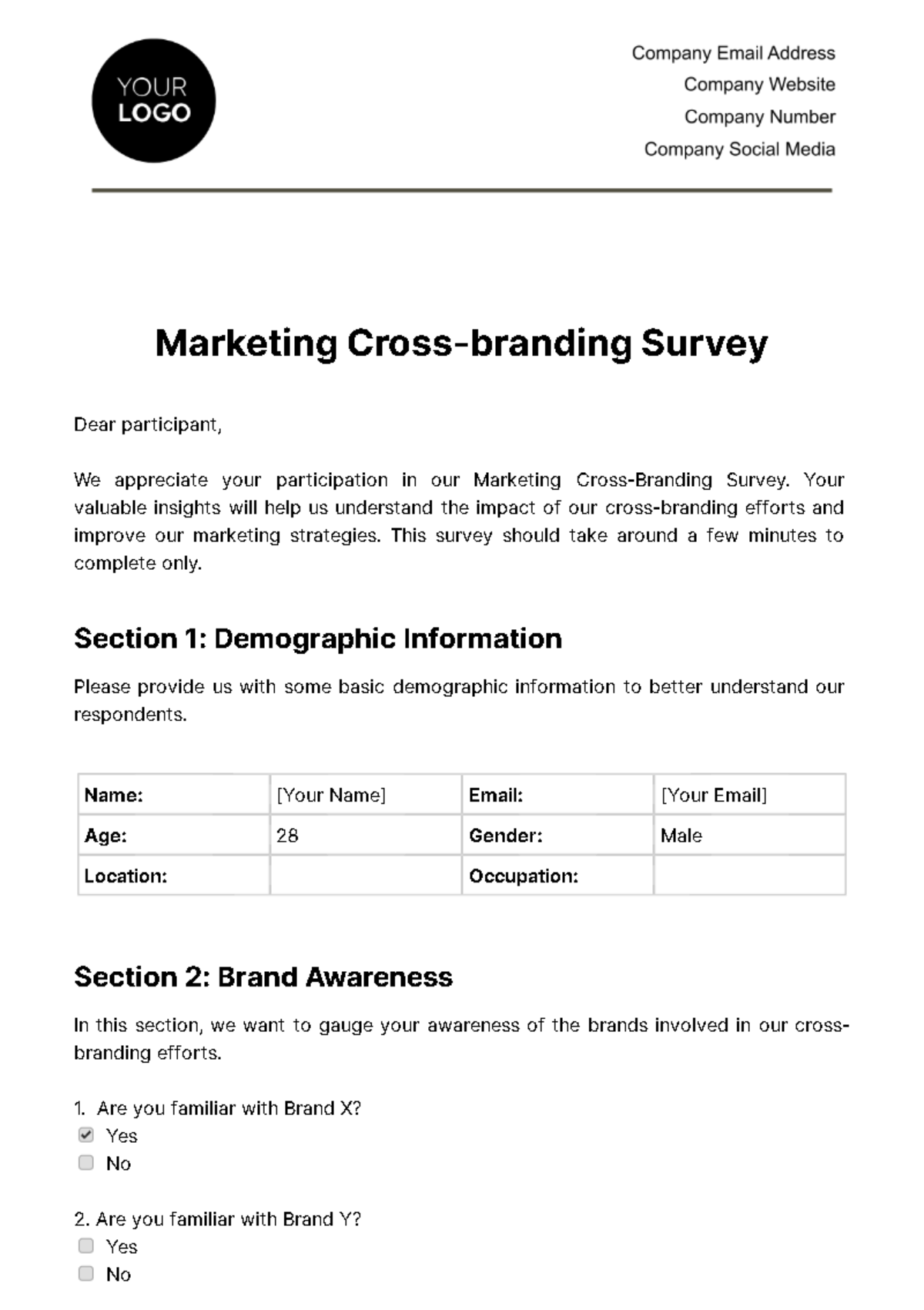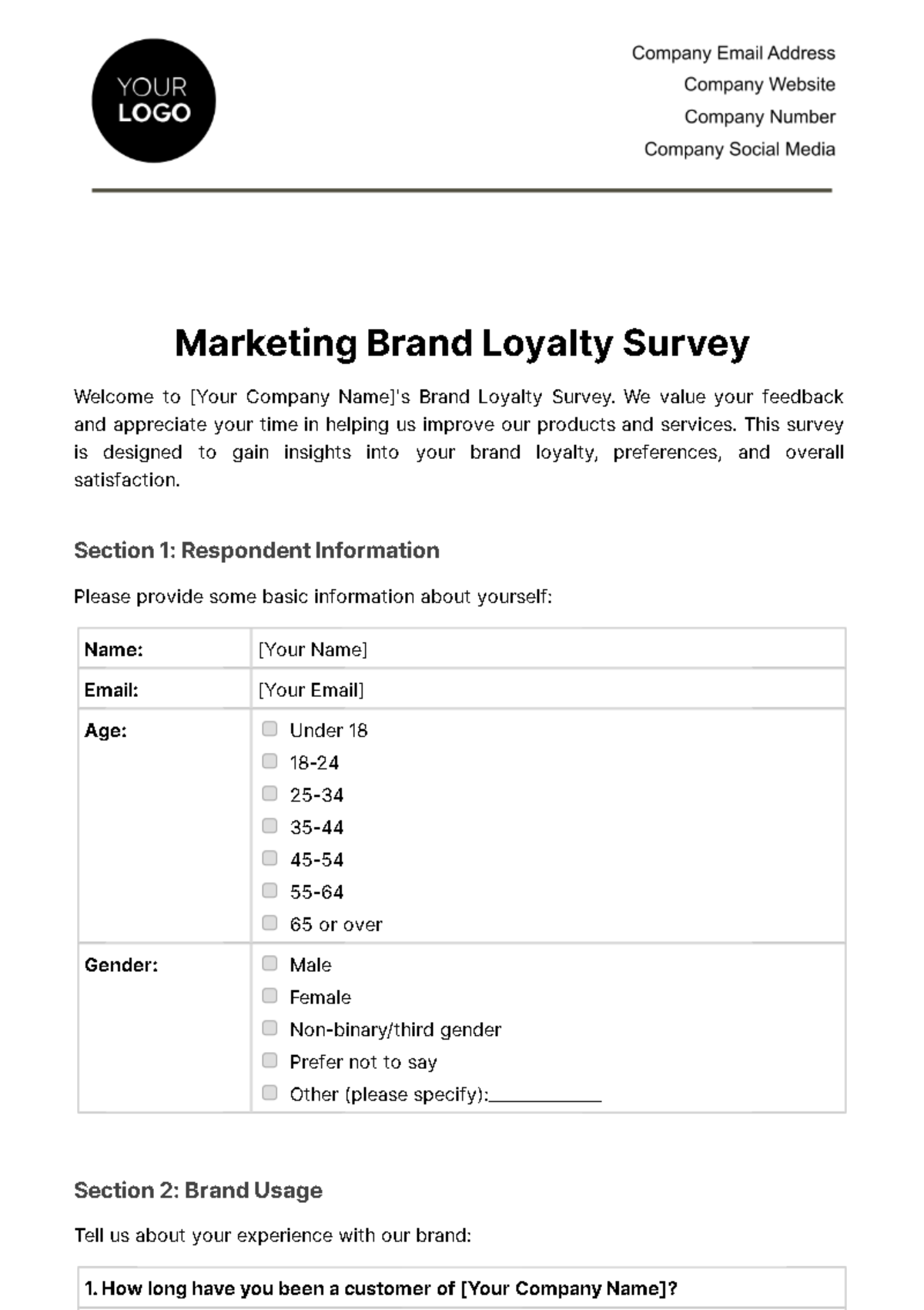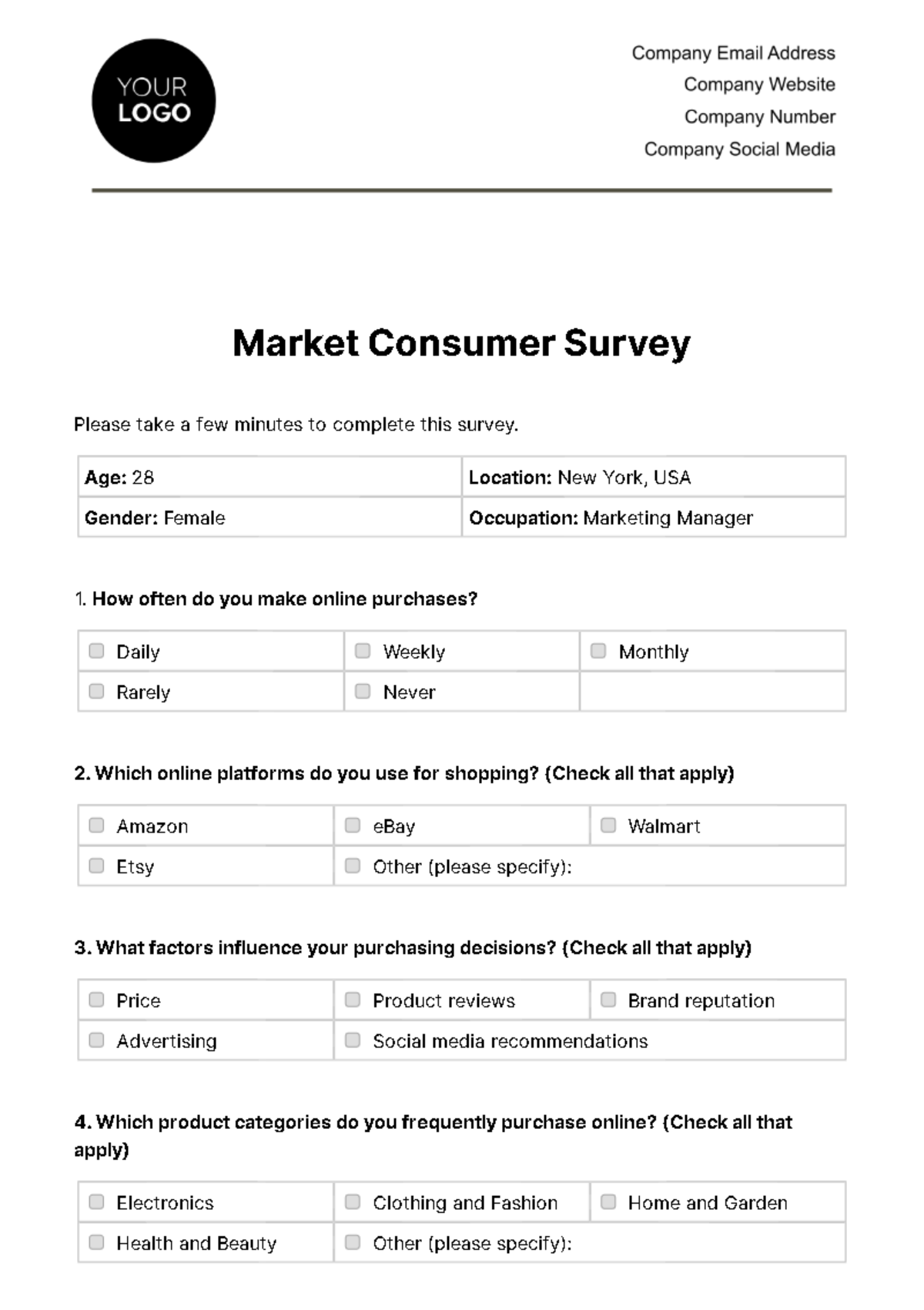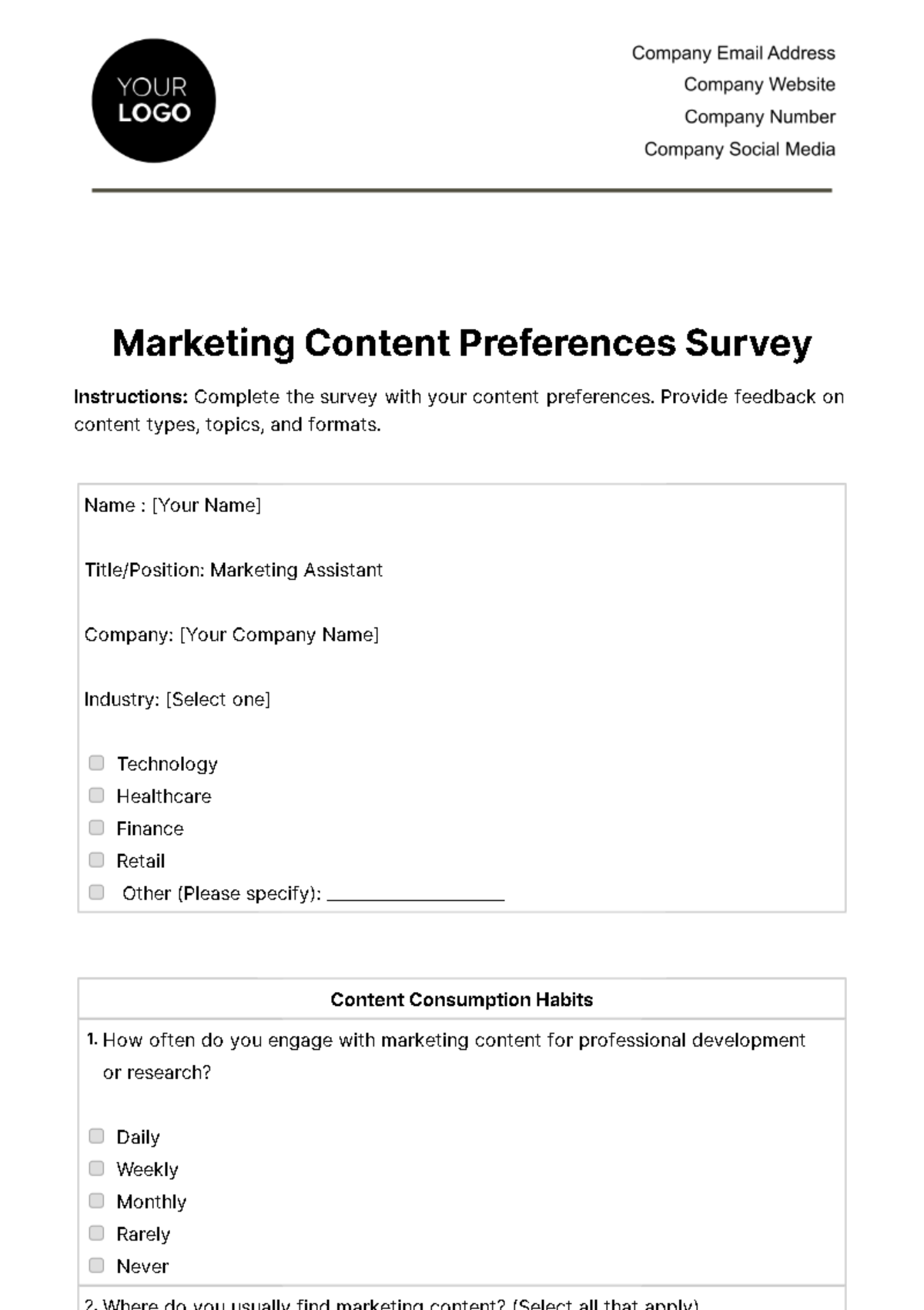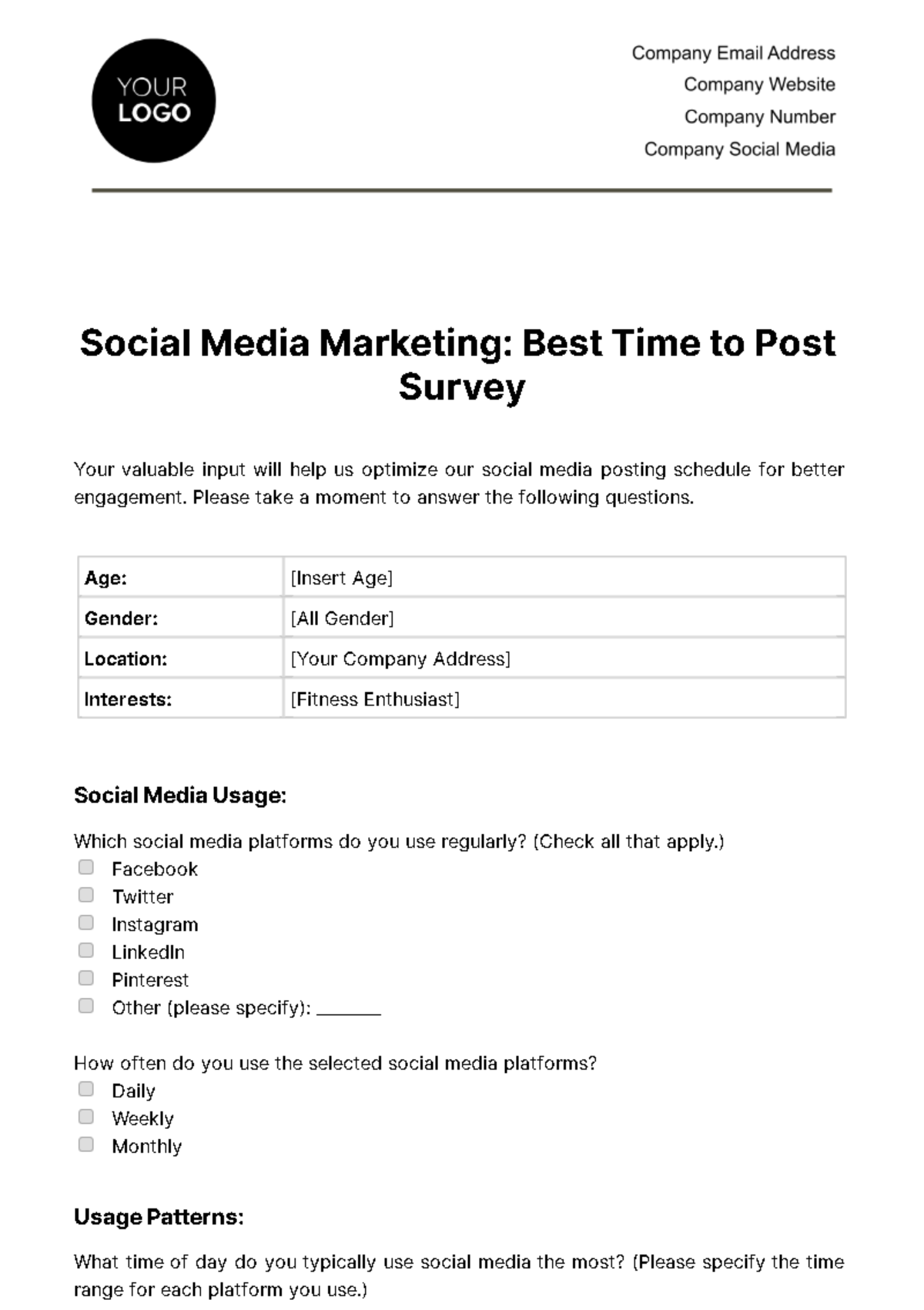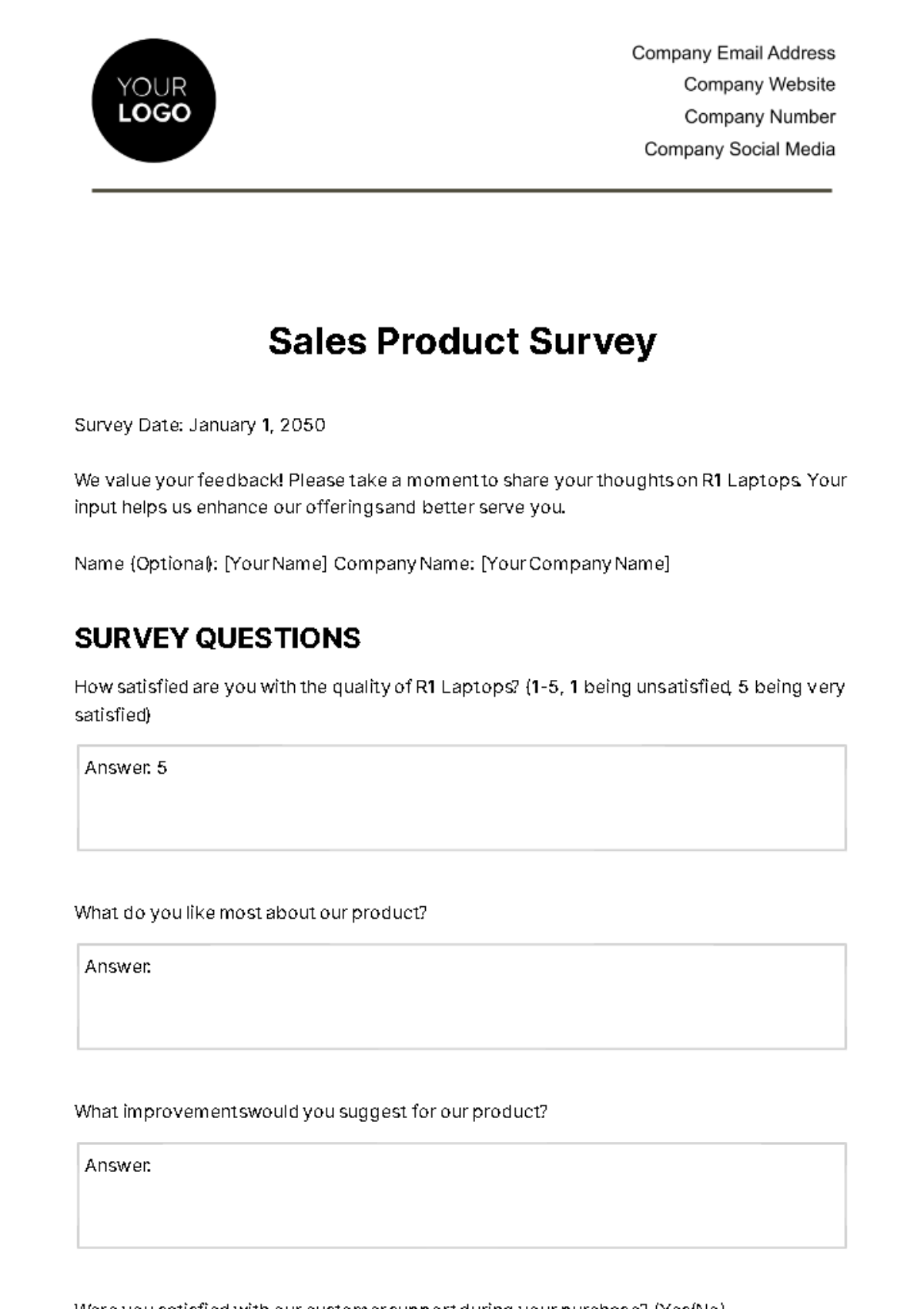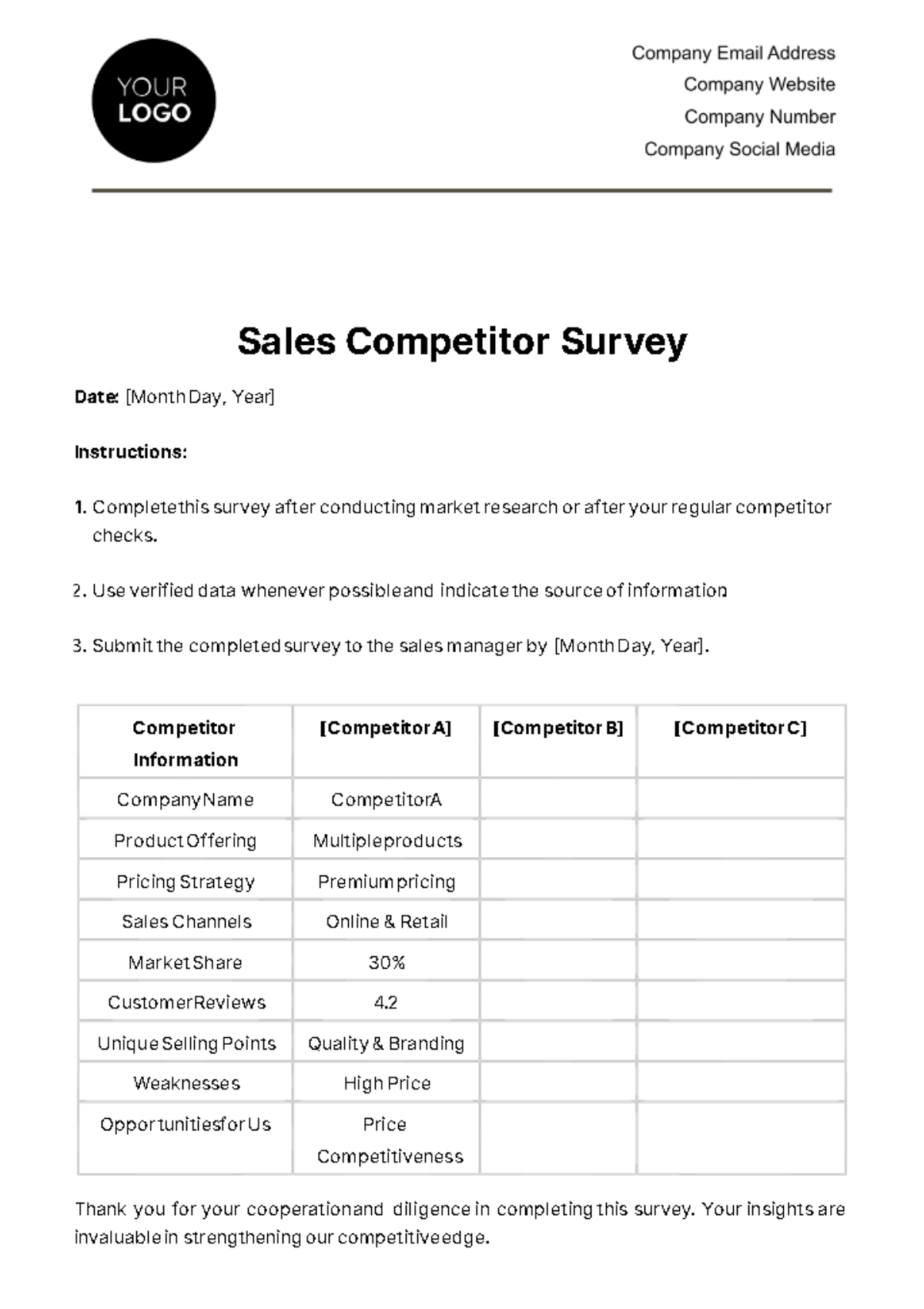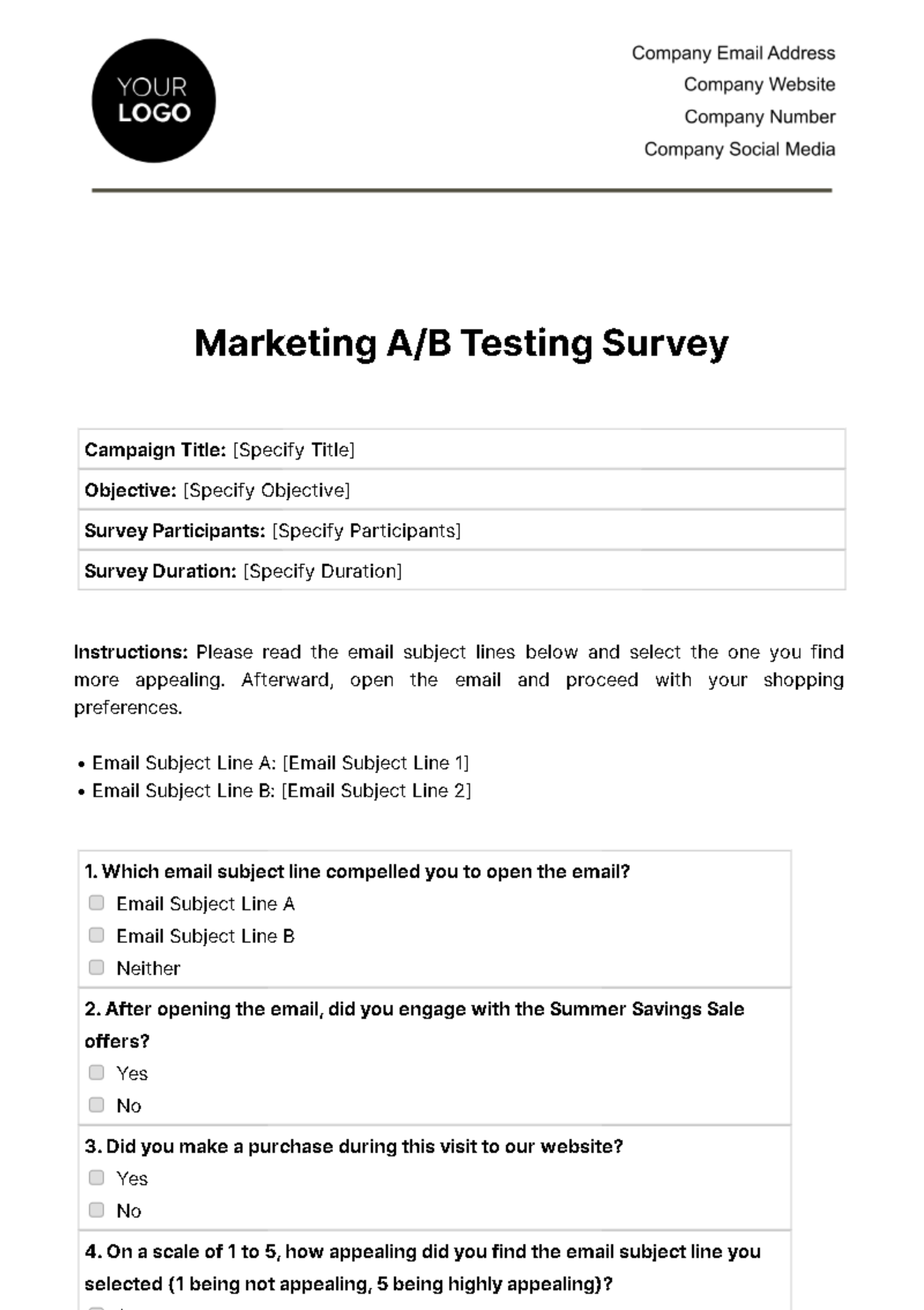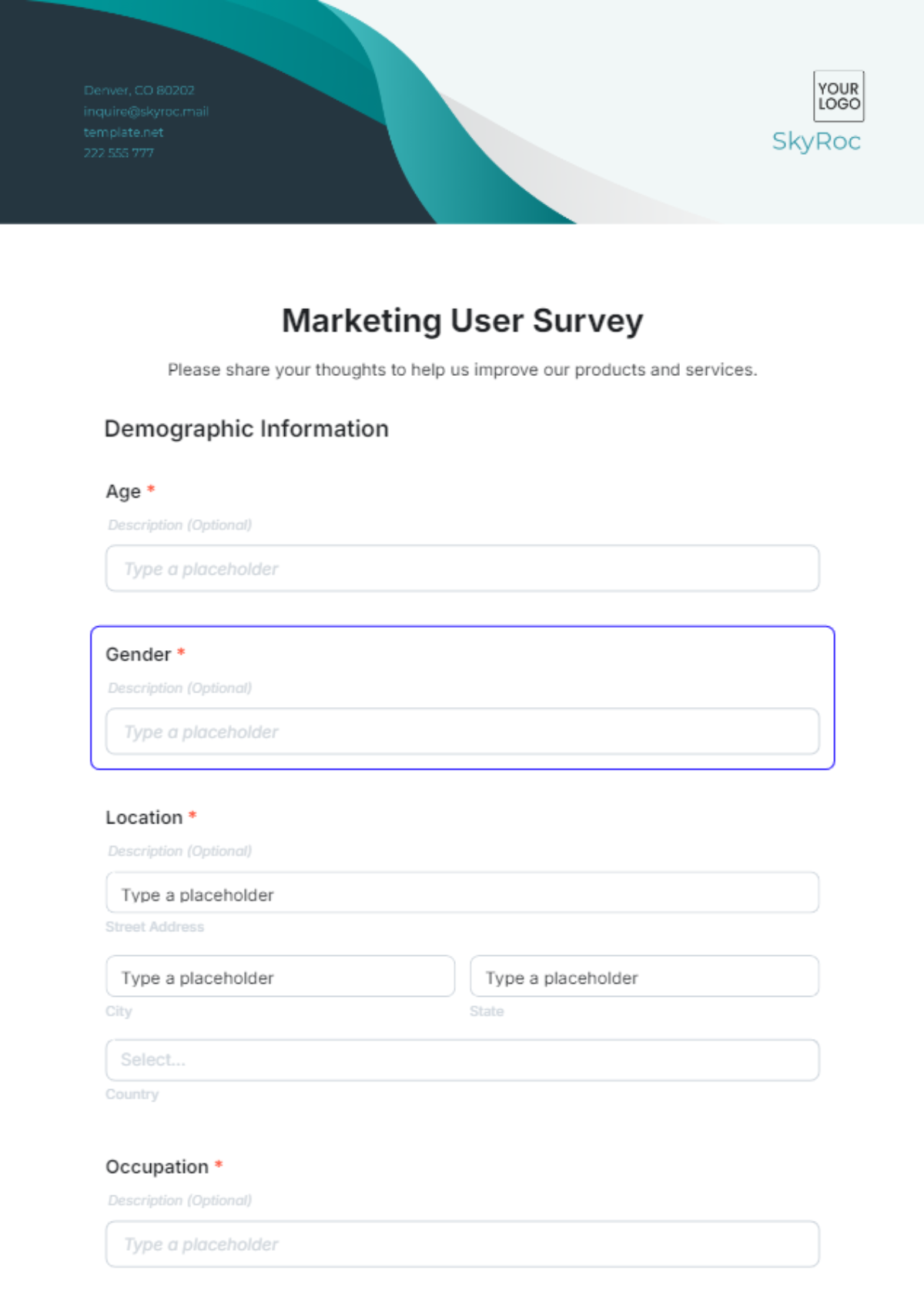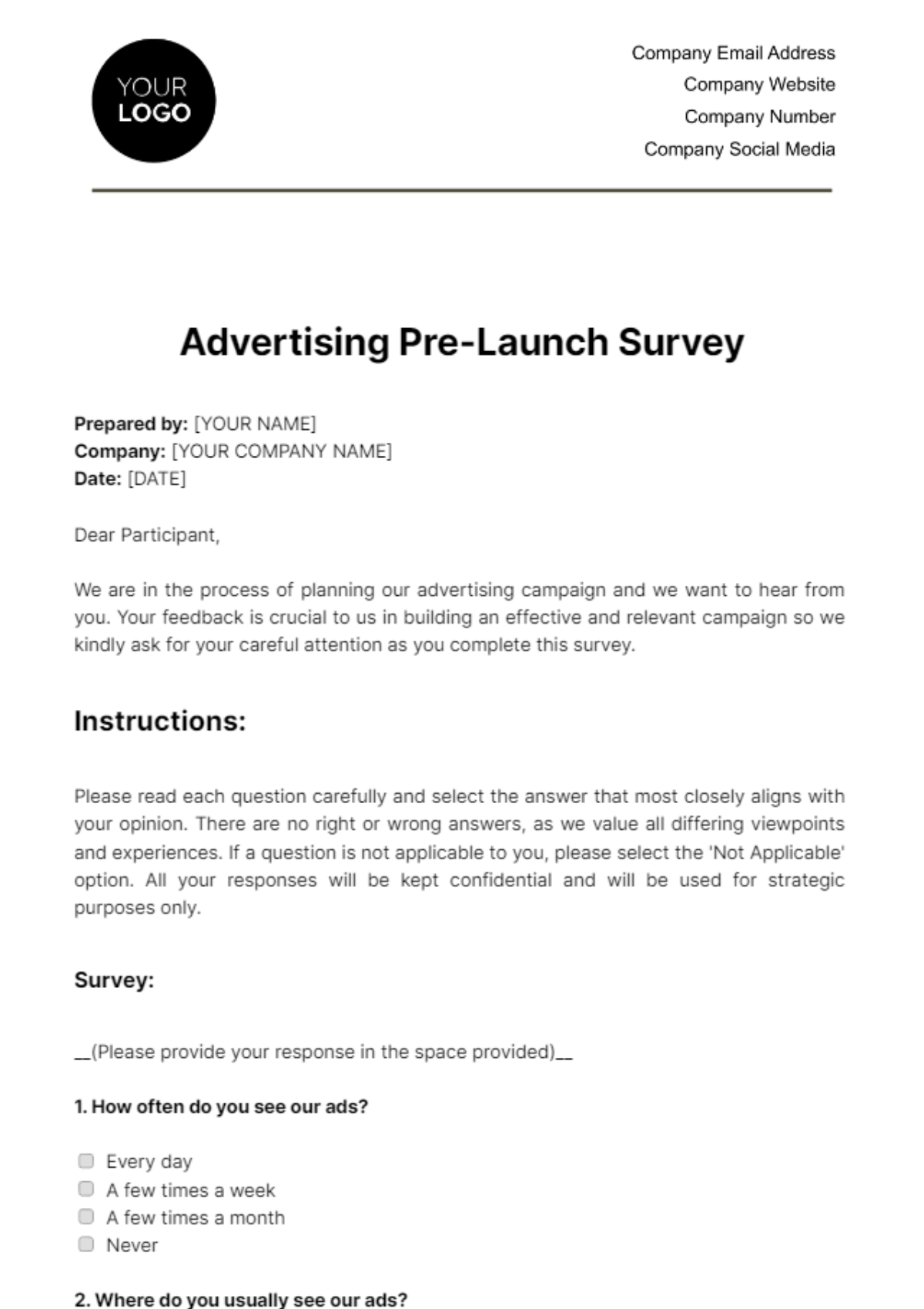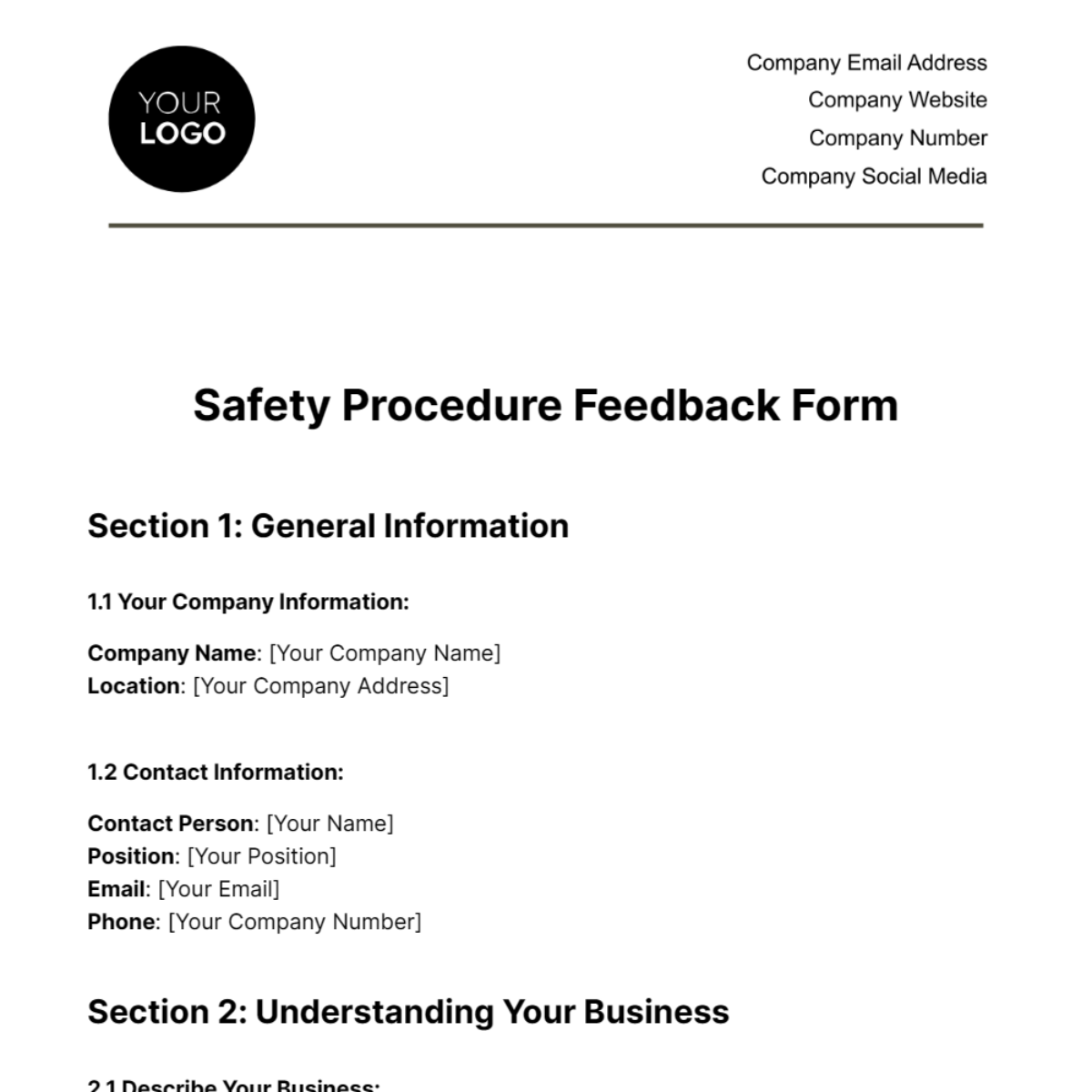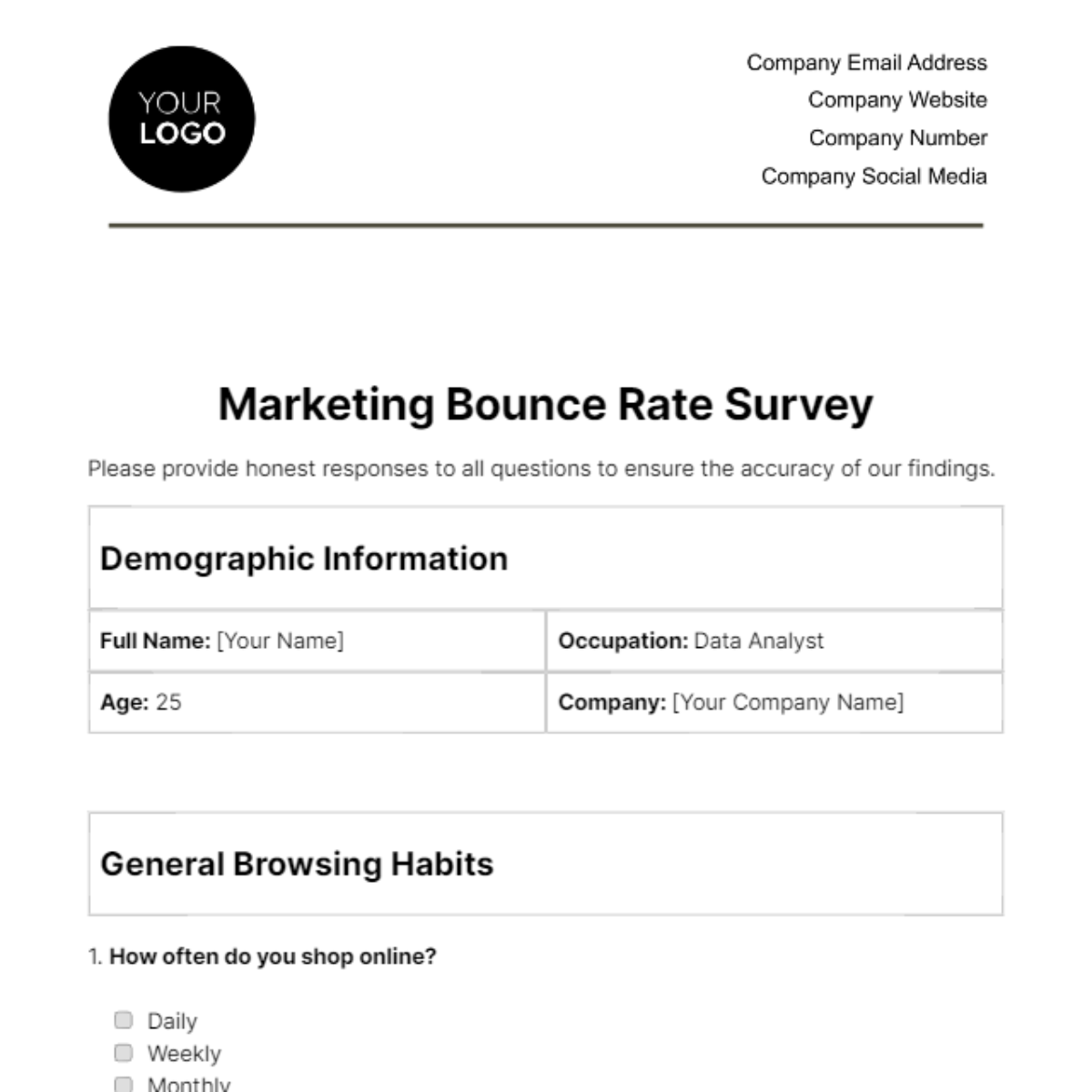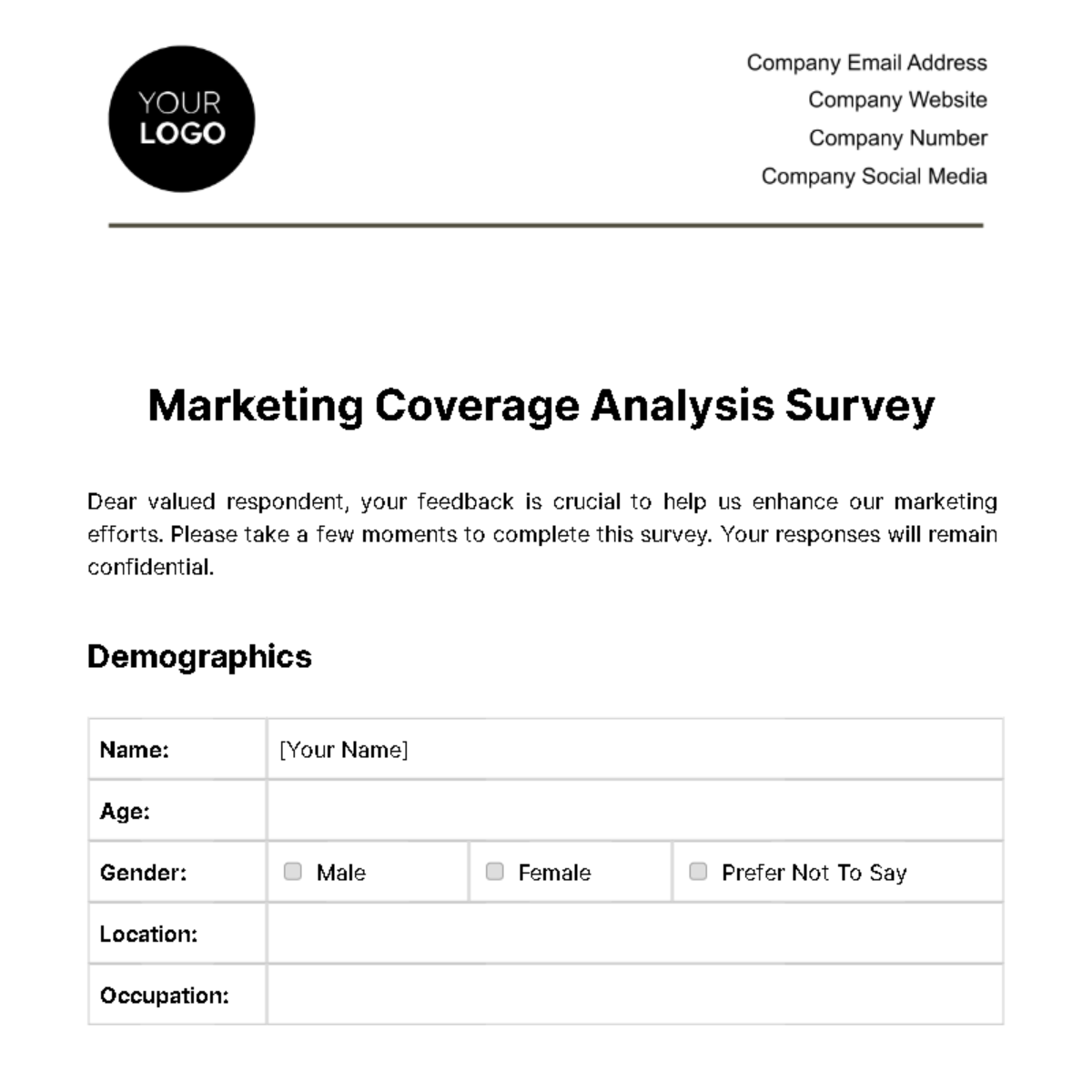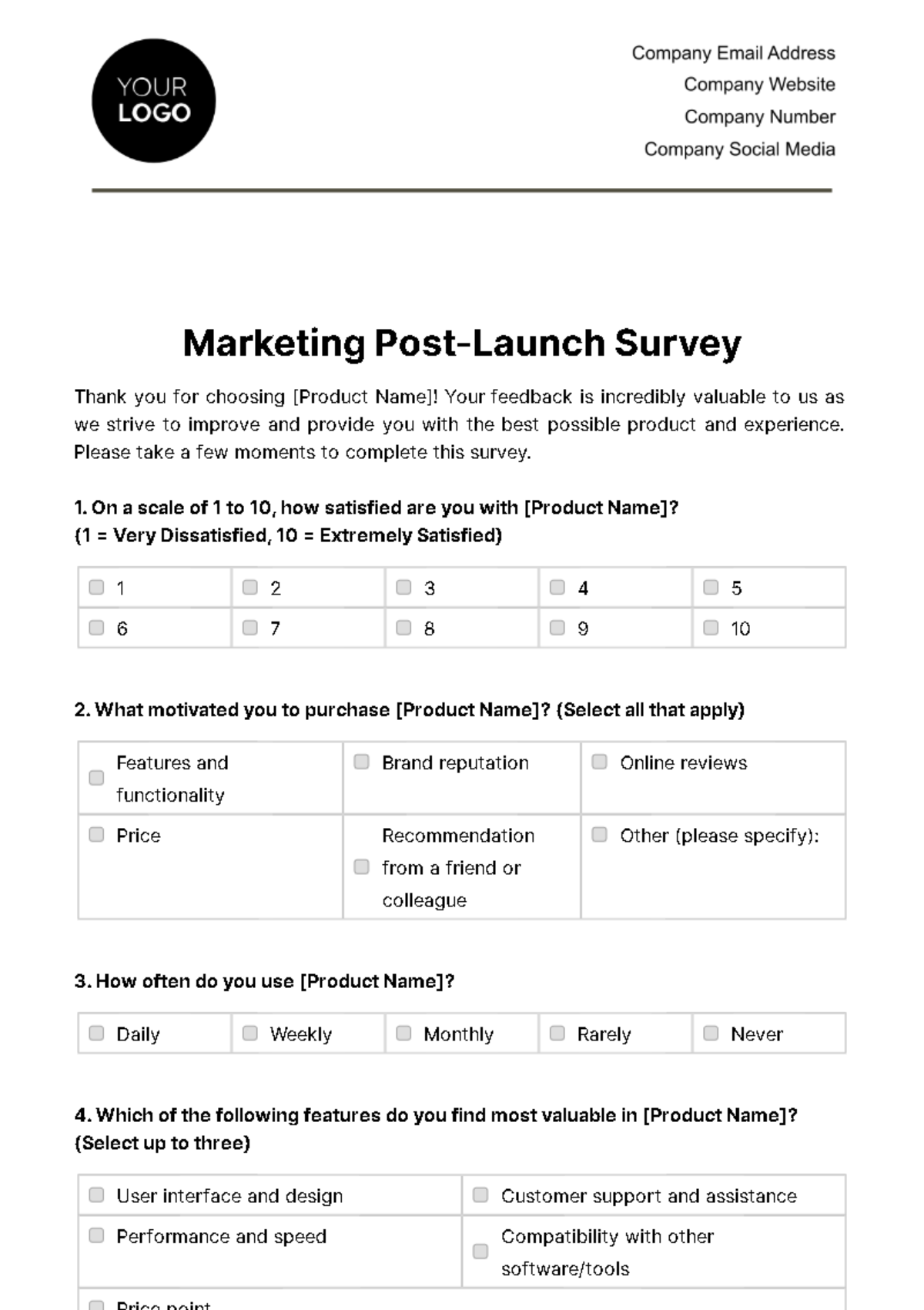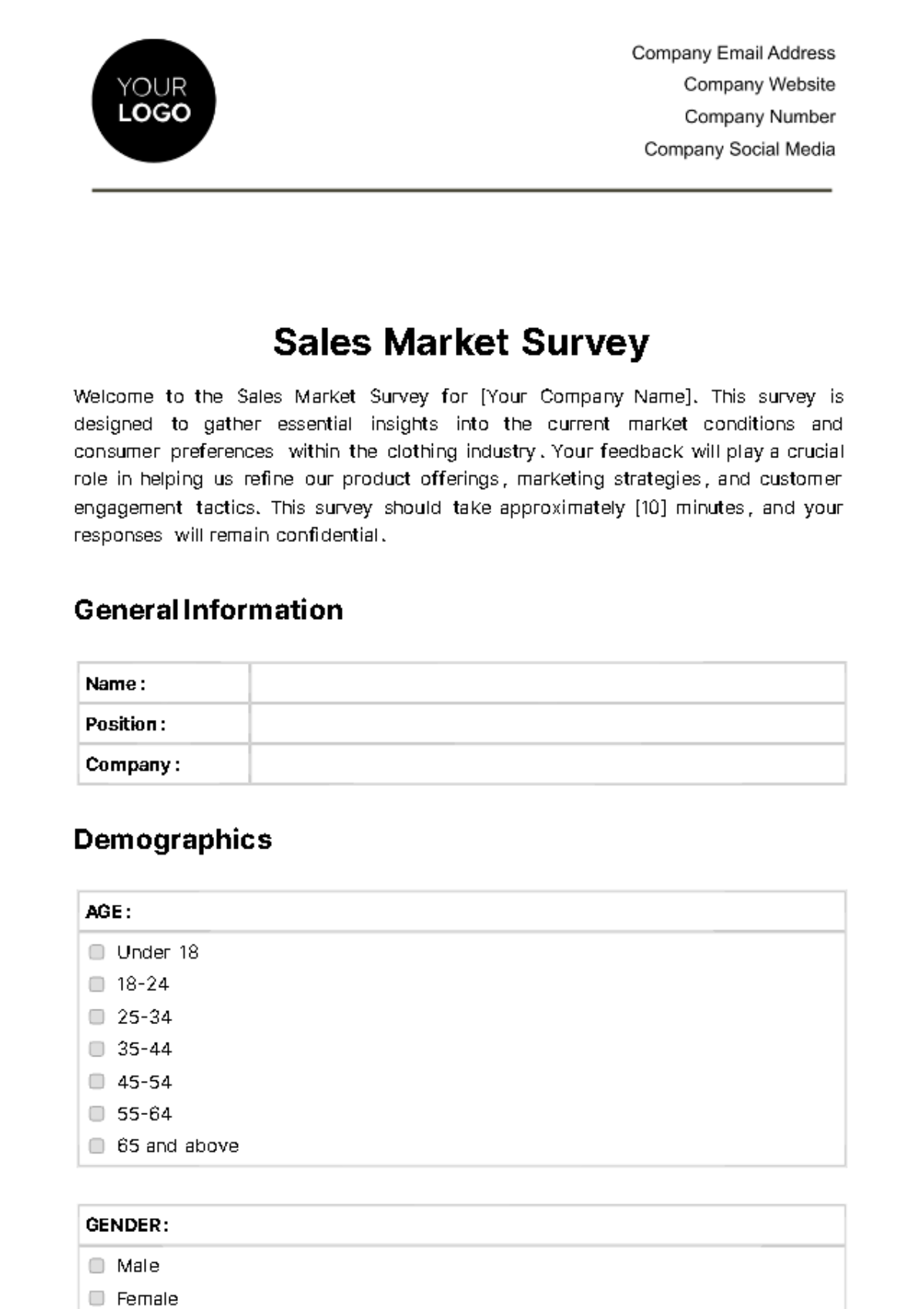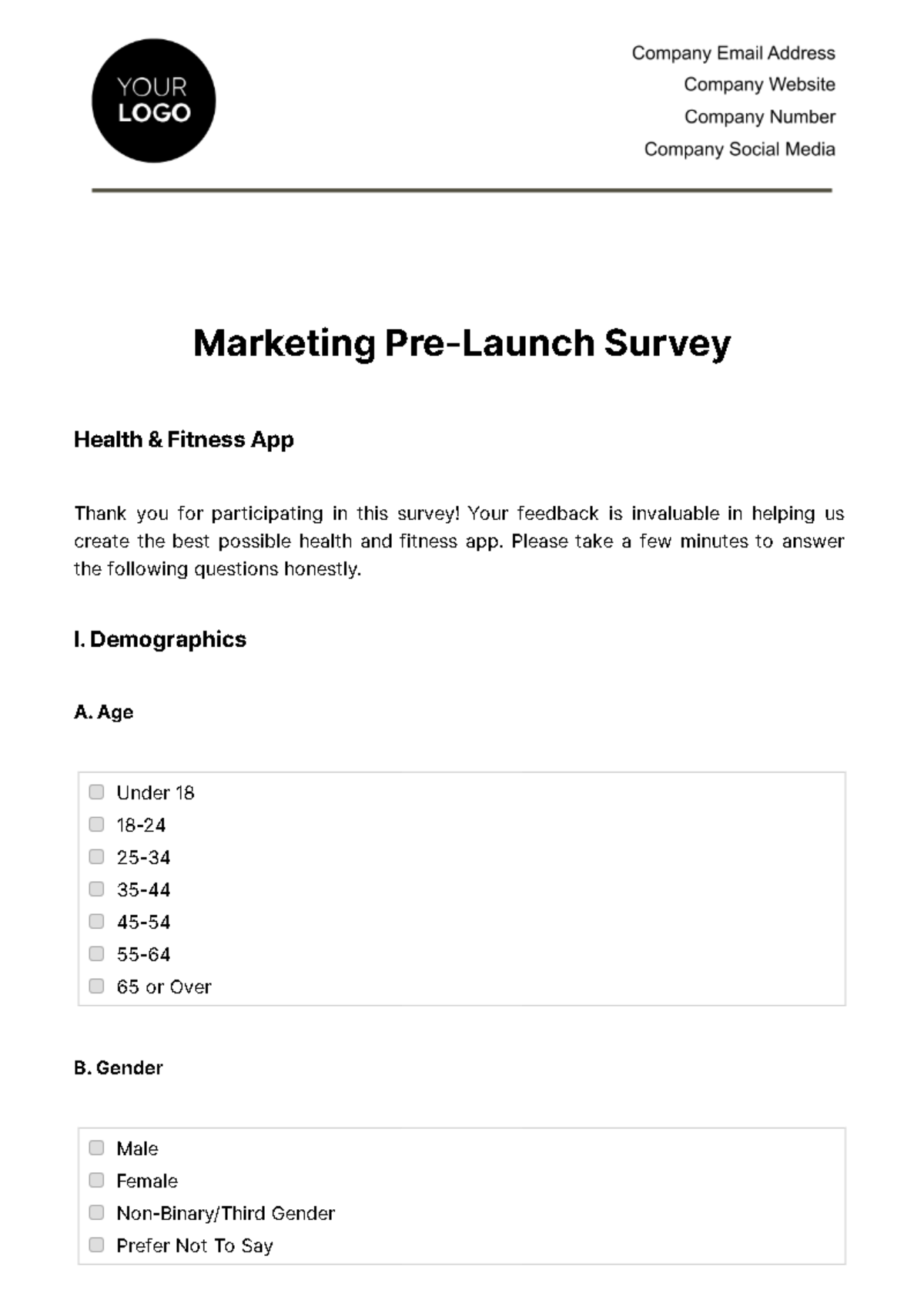Mail Survey Quantitative Research
Prepared by: [Your Name]
Date: [Date]
Mail surveys in quantitative research involve gathering numerical data by sending structured questionnaires through the mail, enabling researchers to collect measurable information on various topics and analyze trends, patterns, and statistics. This method is popular for its cost-effectiveness, broad reach, and clear data analysis format.
I. Introduction
Quantitative research through mail surveys is a pragmatic approach to gathering data from a large population. By utilizing structured questions, researchers aim to obtain precise and measurable information. This research paper delves into the methodology, advantages, disadvantages, and applications of mail survey quantitative research.
II. Methodology
The methodology of mail survey quantitative research involves several key steps:
Identifying the Target Population
Designing the Survey Questionnaire
Piloting the Survey
Distributing the Surveys through Mail
Collecting the Returned Surveys
Analyzing the Data
III. Advantages
Mail survey quantitative research offers several advantages, including:
Cost-Effectiveness: Lower cost compared to face-to-face interviews and online surveys.
Wide Reach: Ability to reach respondents in remote or rural areas.
Structured Questionnaires: Consistent data collection for accurate statistical analysis.
Reduced Interviewer Bias: The absence of an interviewer can lead to more honest responses.
IV. Disadvantages
Alongside advantages, some limitations exist:
Low Response Rates: Potential for low return of completed surveys.
Time-Consuming: Longer time required to send, receive, and process responses.
Lack of Control: Limited ability to follow up on incomplete or misunderstood questions.
Responses Limited to Literate Population: Exclusion of individuals with literacy challenges.
V. Data Analysis
Data collected from mail surveys is analyzed using statistical methods to identify trends and patterns. Common tools and steps include:
Descriptive Statistics: Summarize data points using mean, median, mode, etc.
Inferential Statistics: Make inferences about the population based on sample data.
Cross-Tabulation: Compare relationships between variables.
Software: Utilization of statistical software like SPSS, R, or Excel.
VI. Applications
Mail survey quantitative research finds applications in various fields:
Market Research: Understanding consumer behavior and preferences.
Public Health: Gathering data on health-related issues.
Social Sciences: Studying social trends and behaviors.
Education: Evaluating educational programs and policies.
VII. Conclusion
Mail survey quantitative research is a valuable method for collecting numerical data across diverse fields. Despite some limitations, its structured approach and broad reach make it a key tool for researchers. Understanding its methodologies, advantages, and applications is essential for conducting effective and reliable quantitative research.
VIII. References
Here are some references formatted in APA style:
Groves, R. M., & Couper, M. P. (2050). Nonresponse in household interview surveys. New York: Wiley-Interscience.
Dillman, D. A. (2050). Mail and Internet surveys: The tailored design method (Vol. 2). New York: Wiley.
Fowler, F. J. Jr. (2050). Survey research methods. Thousand Oaks, CA: Sage Publications.
Babbie, E. (2050). The practice of social research. Cengage learning.

